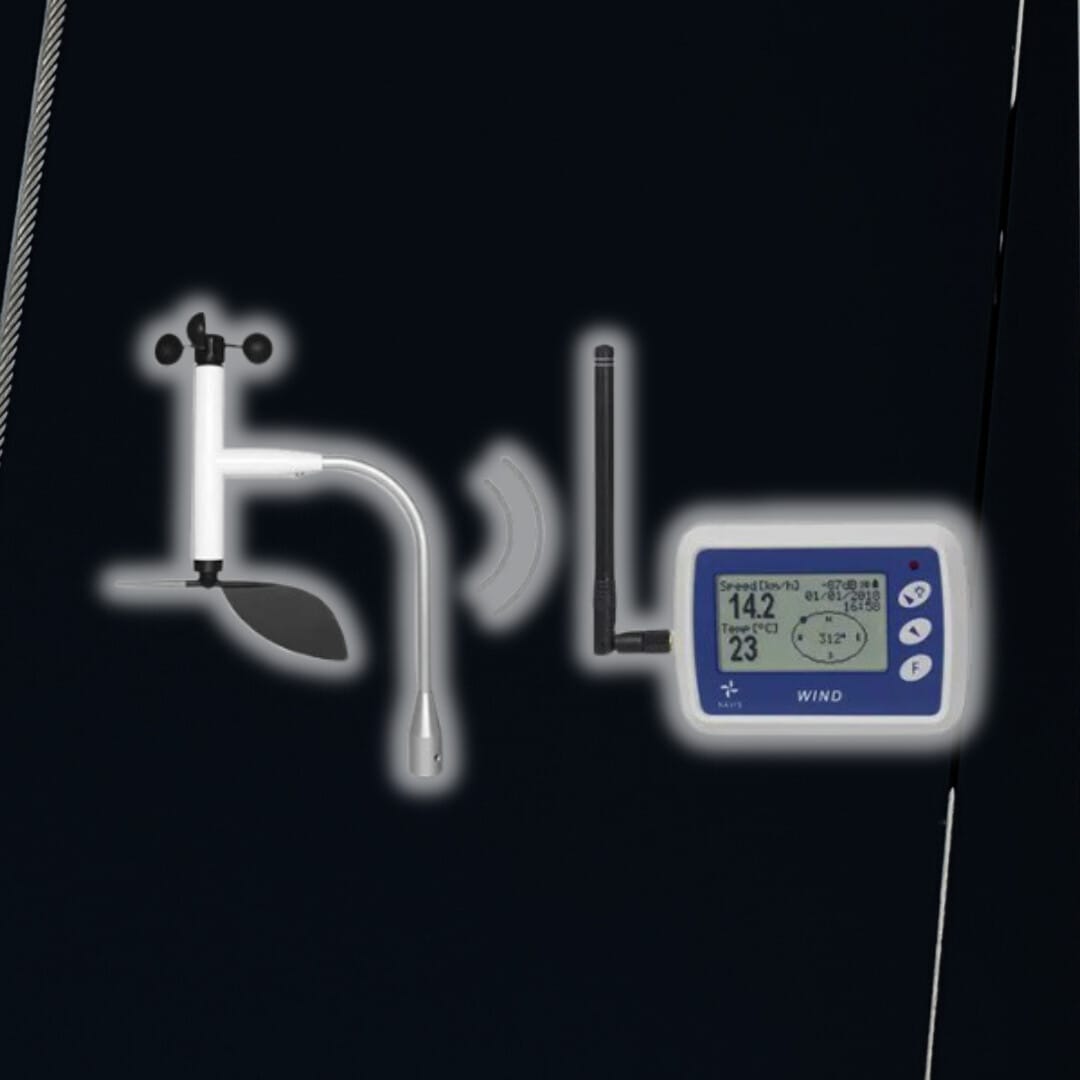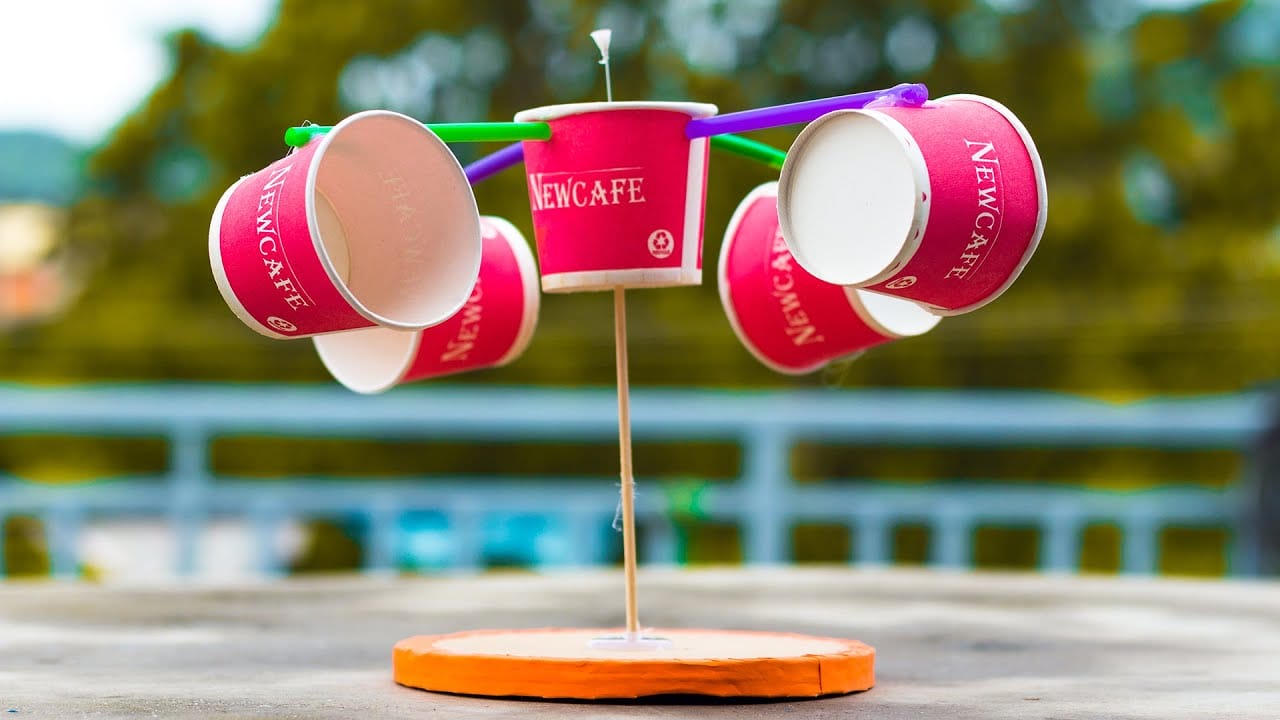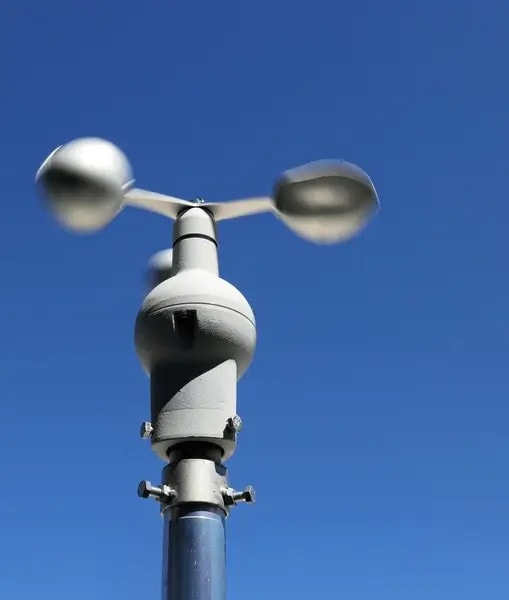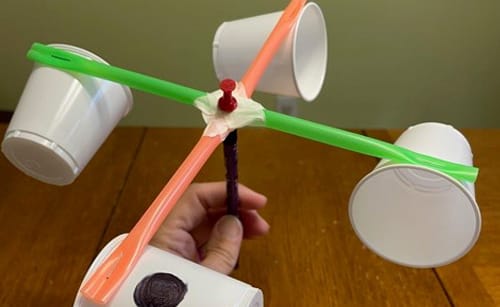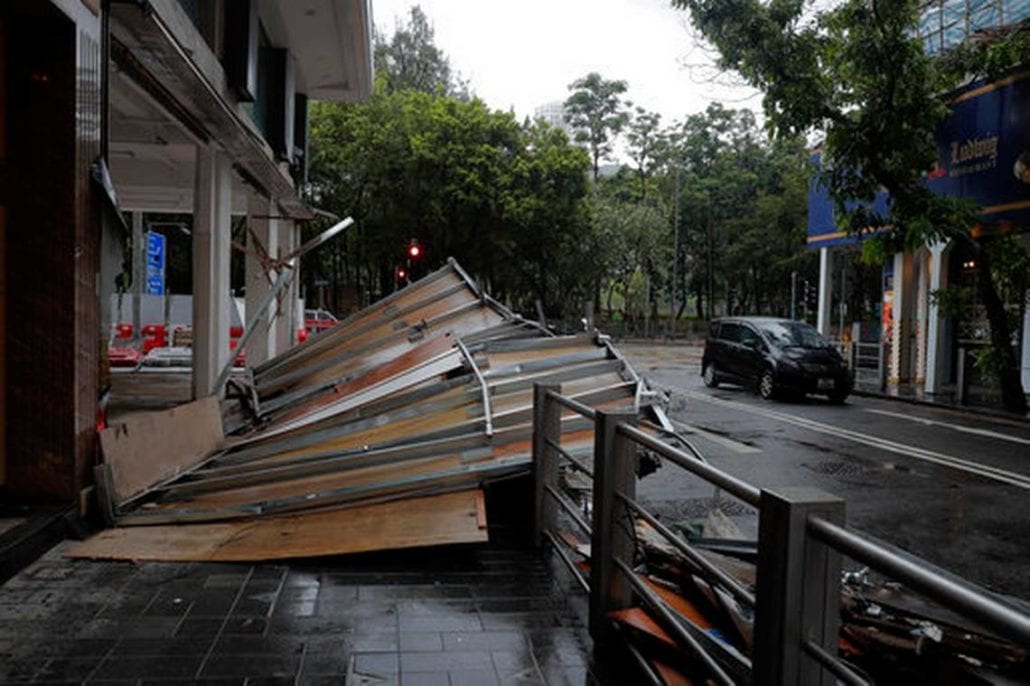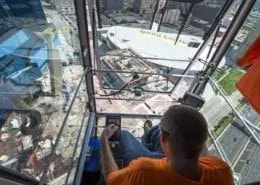Nobody can have failed to have seen last week’s news about the crane collapse in the USA. It seems that a crew operating a crane on Friday morning noted the wind gusts that accompanied the snow fall and decided that they needed to lower the crane to a more secure level. As the 565 ft. boom on the crane was being lowered workers used a huge counterweight to keep it balanced and ensure that it was lowered slowly. However, this was to no avail and the crane began to topple over then plunged into freefall crashing onto a street below.
As you can imagine, investigations are underway into just how this terrible accident occurred and initial speculation points to wind gusts playing a significant part in the collapse. It’s thought that the incident was caused by a sudden 40 mph gust of wind which was measured on nearby weather instruments. It will probably be quite some time before the investigation is completed. It’s hoped that the weather monitoring equipment will provide a full historic log of wind data for the time of the accident that will allow the investigation to proceed with speed and accuracy. This incident just serves to remind us of how important it is to have the correct wind monitoring equipment in place when working with cranes, especially in heavily built up areas.
Following 5 major tower crane incidents in 2000, The UK Health and Safety Executive (HSE) published a report in 2010 on “Tower Crane Incidents Worldwide” in order to assist in advising and guiding the UK tower crane industry to help improve safety. The report considered 86 incidents involving the collapse or major structural failure of a tower crane that took place between 1989 and 2009. While “unknown causes” were found to be behind 28 of the incidents, once these are discounted, there were 57 incidents that were divided into categories according to the cause of the incident. Alarmingly, extreme weather was the second most common cause – accounting for 26% of the remaining collapses.
When we look more closely at the incidents caused by extreme weather, two were associated with earthquakes. Of the remaining incidents, 6 involved luffing tower cranes, 5 saddle jib tower cranes while it’s unknown what type of crane were involved in the other two. However, the report reveals that both types of crane are equally susceptible to structural damage in strong winds. This means that strong winds have been the cause of a quarter of the crane collapse incidents, demonstrating that there’s a definite need to monitor the wind closely at all times.
Using a device that can be attached to the crane and that will alert users when conditions are becoming dangerous is vital to ensure health and safety. A robust solution that can deliver real-time wind information, backed up by a historical log that’s easily accessible at all times is essential for crane operators in order to avoid these types of incident in the future.




